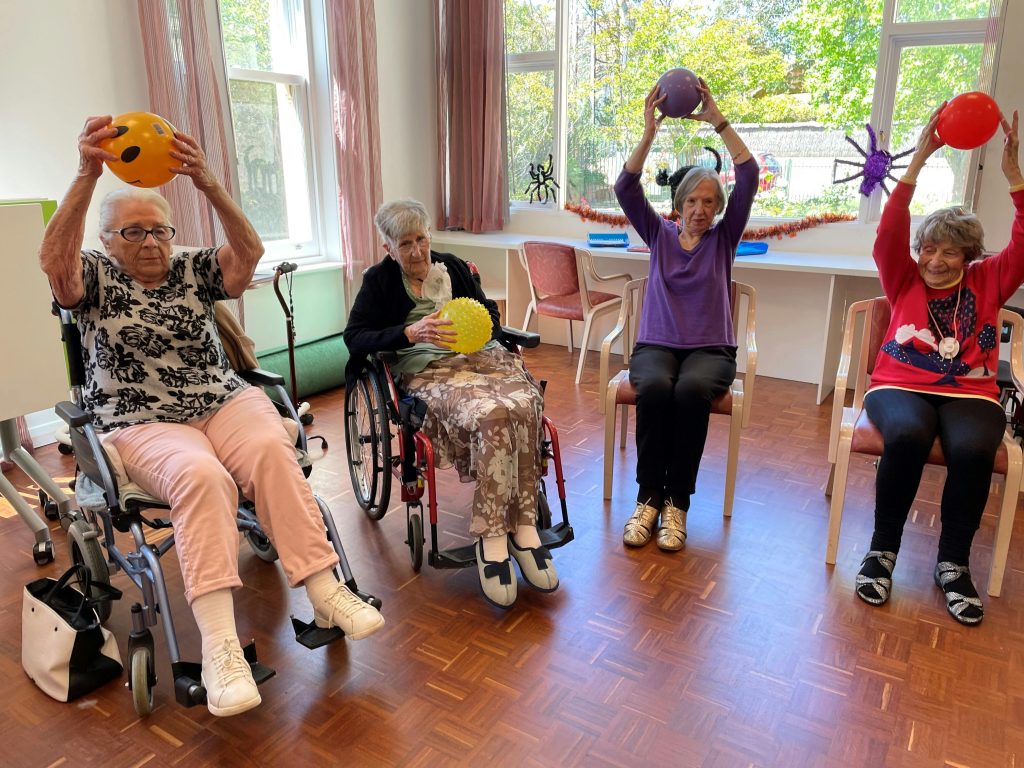Community engagement stands as a cornerstone for creating a vibrant and supportive environment. As assisted living facilities strive to enhance the well-being of residents, foster connections, and build a sense of belonging, community engagement emerges as a powerful strategy. This comprehensive guide explores the multifaceted aspects of community engagement, employing the MECE (Mutually Exclusive, Collectively Exhaustive) framework to provide in-depth insights and strategies.
I. Introduction
A. Defining Community Engagement in Assisted Living
Community engagement in assisted living goes beyond the physical boundaries of the facility. It encapsulates the creation of a supportive network that involves residents, families, staff, and the broader local community. Key components include:
- Inclusive Activities: Involving residents in diverse activities that cater to their interests and preferences.
- External Connections: Extending engagement efforts to include families, local businesses, and community organizations.
II. Benefits of Community Engagement
A. Enhancing Resident Well-Being
Table: Benefits of Community Engagement
| Benefit | Description |
|---|---|
| Improved Mental Health | Regular social interactions contribute to cognitive stimulation and emotional well-being. |
| Sense of Belonging | Active participation in community activities fosters a feeling of belonging and purpose. |
| Reduced Social Isolation | Community engagement mitigates the risk of social isolation, promoting a supportive environment. |
B. Strengthening Staff-Resident Relationships
- Person-Centered Care: Engaging with residents on a personal level enables staff to tailor care to individual needs.
- Enhanced Communication: Regular interactions create an open line of communication, ensuring staff understands and addresses resident concerns.
C. Creating a Positive Facility Image
- Word-of-Mouth Recommendations: Satisfied residents and engaged families become advocates, positively impacting the facility’s reputation.
- Attracting Prospective Residents: A vibrant community is an attractive feature for potential residents and their families.
III. Strategies for Effective Community Engagement
A. Tailoring Activities to Resident Interests
Bullet Points: Varied Engagement Activities
- Themed Events: Organize events based on residents’ interests, such as music nights, book clubs, or gardening sessions.
- Intergenerational Programs: Partner with local schools or youth organizations for mutually beneficial programs.
- Wellness Workshops: Incorporate health and wellness activities, such as yoga classes or nutrition seminars.
B. Fostering Family Involvement
Table: Family Involvement Strategies
| Strategy | Description |
|---|---|
| Regular Family Meetings | Scheduled meetings to discuss care plans and address any concerns or questions. |
| Family-Exclusive Events | Organize events that bring families together, creating a supportive network. |
| Digital Communication Platforms | Utilize online platforms for updates, newsletters, and virtual family gatherings. |
C. Building Partnerships with Local Businesses
- Local Collaborations: Forge partnerships with nearby businesses for joint events or discounted services.
- Community Outreach Programs: Engage in local initiatives to demonstrate the facility’s commitment to the broader community.
IV. Overcoming Challenges in Community Engagement
A. Addressing Barriers to Engagement
Bullet Points: Common Challenges and Solutions
- Limited Mobility: Implement mobile-friendly activities and ensure accessibility within the facility.
- Differing Interests: Diversify engagement options to cater to a range of preferences.
- Communication Barriers: Utilize visual aids, technology, and multilingual resources for effective communication.
V. Measuring and Adapting Community Engagement
A. Establishing Metrics for Success
Key Metrics for Community Engagement
| Metric | Description |
|---|---|
| Attendance Rates | Track participation in various activities and events. |
| Resident Feedback | Solicit feedback through surveys or resident meetings. |
| Family Satisfaction | Gauge family satisfaction through regular assessments. |
B. Adapting Strategies Based on Feedback
- Continuous Improvement: Regularly assess feedback to identify successful initiatives and areas for improvement.
- Flexibility: Be adaptable and willing to modify engagement strategies based on the evolving needs of residents and families.
VI. Legal and Ethical Considerations
A. Privacy and Consent
- Respecting Resident Privacy: Obtain informed consent before featuring residents in promotional materials or community engagement initiatives.
- Compliance with Regulations: Adhere to legal and ethical standards, ensuring compliance with privacy laws and facility policies.
VII. Conclusion
In conclusion, community engagement is a vital aspect of creating a thriving and supportive environment within assisted living facilities. By implementing a diverse range of activities, fostering family involvement, and building connections with the local community, facilities can enhance the overall well-being of residents and create a positive and vibrant atmosphere. Regular assessment, adaptation, and a commitment to legal and ethical considerations ensure sustained success in community engagement efforts. Embrace the power of community to not only enhance the lives of residents but also to elevate the facility’s standing within the broader community.




1 comment